"The Capitoline Venus: The small octagonal room was built in the early 19th century to provide an evocative setting for one of the museum’s most famous sculptures.
The statue, slightly larger than life size, was found sometime between 1667 and 1670 near the basilica of San Vitale and given to the Capitoline Museums by Pope Benedict XIV in 1752.
The Goddess is nude, portrayed in a sensual but modest gesture, her arms attempting to hide the harmonious shapes of her body from the viewer’s sight. The objects at her feet, her nudity, and the arrangement of her hair indicate that she she is bathing. The statue is a variant of the Aphrodite sculpted by Praxiteles in the fourth century B.C. for the goddess’s shrine at Cnidus Turley
The number of know replicas and variants of this work attest to its success in the Roman world. The high value ascribed to this statue is borne out by the fact that it was discovered hidden in a walled up space, where its owner hoped to save it from some impending danger."
The statue is in Palazzo Nuovo on the Campidoglio. The Capitoline Venus was removed by Napoleon to Louvre and returned in 1816. About 50 copies exist, most in museums; more are found as garden sculptures.
Below, the Capitoline Museum Buildings on the piazza as designed by Michelangelo. Please click on the images for larger versions.
Below, the original. Almost fourteen feet tall, the bronze was created about 175 AD and is one of few surviving bronzes from that period. It was originally elsewhere and moved to the Campidoglio as part of Michelangelo's design about 1538.
More sculptures to come. Have you a favorite?

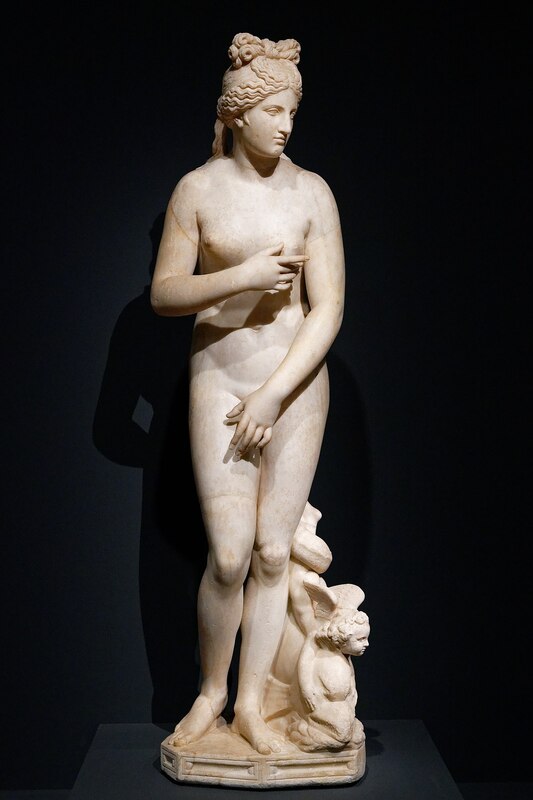
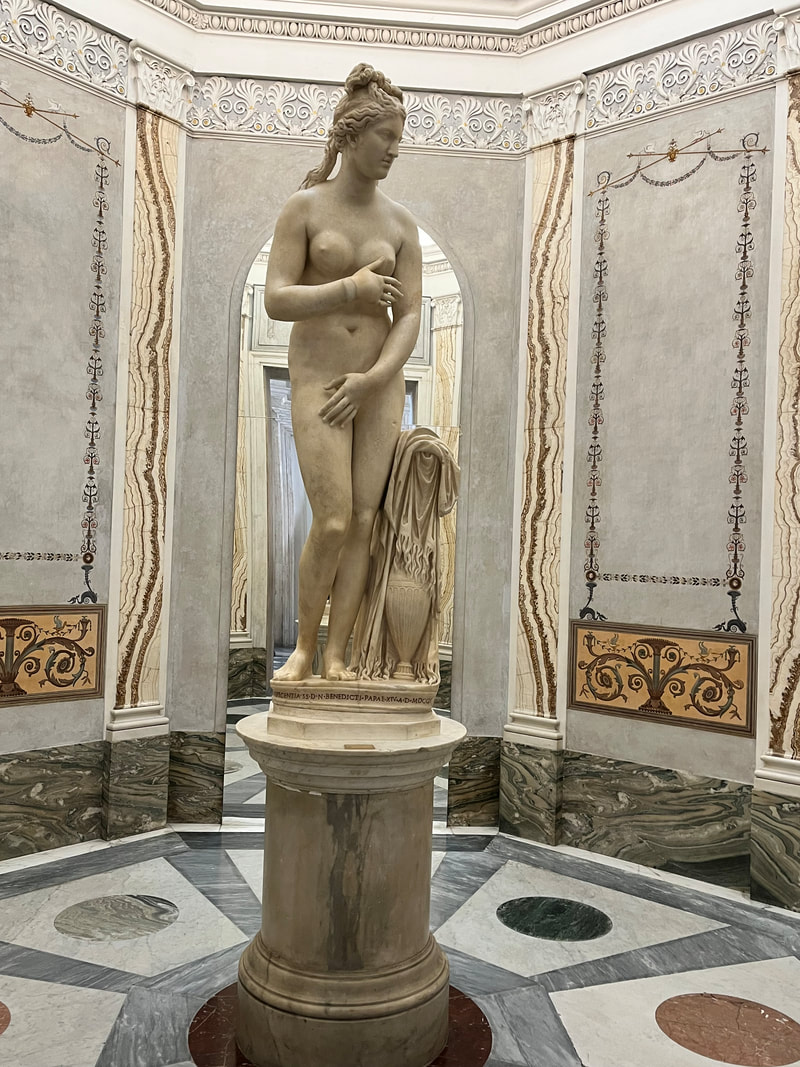
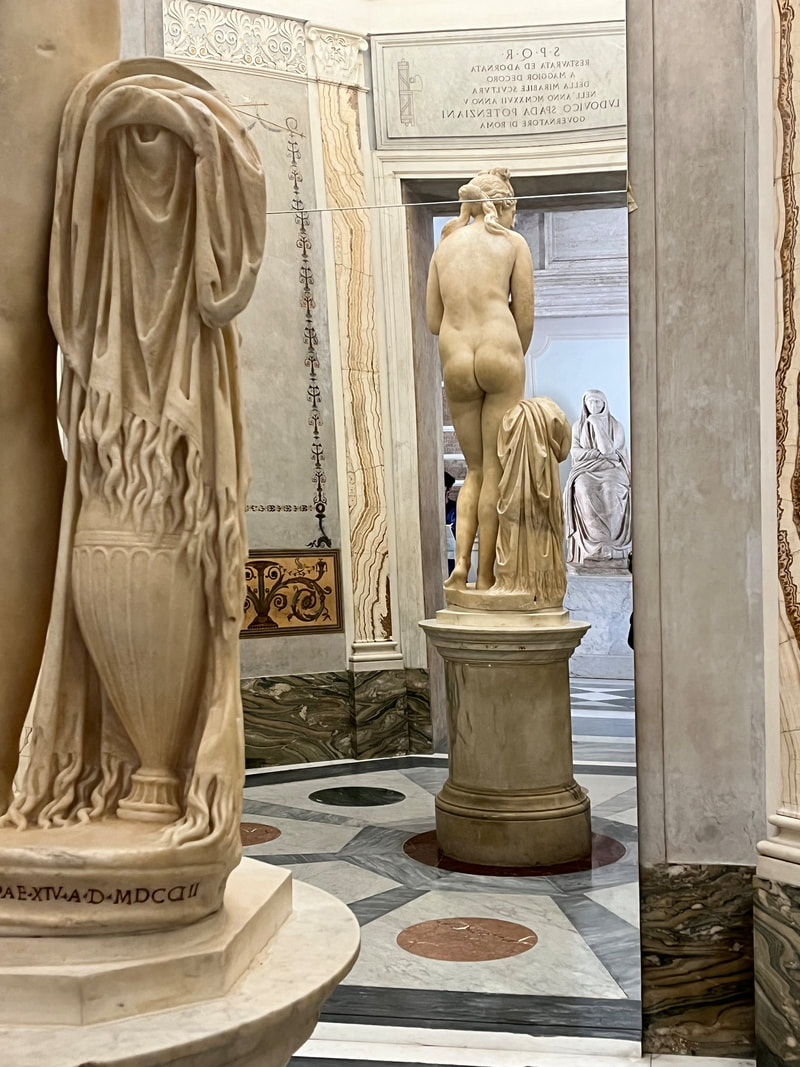
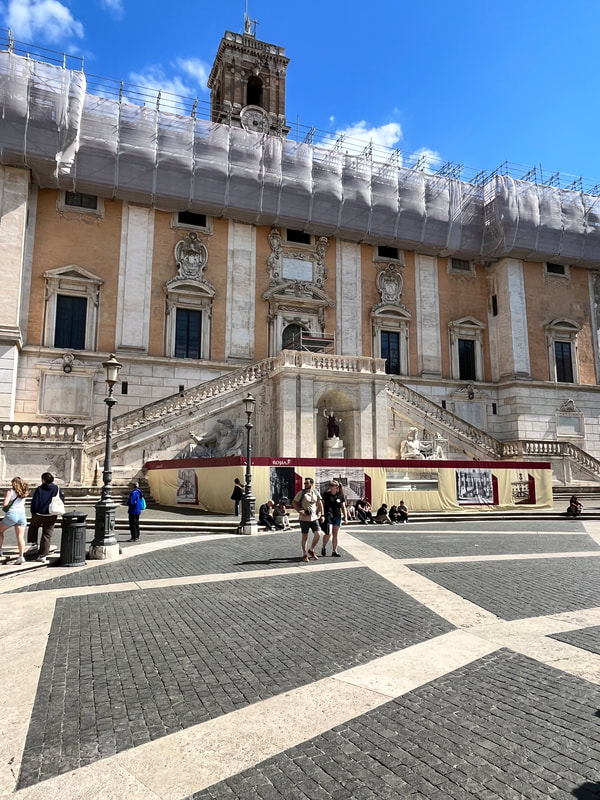
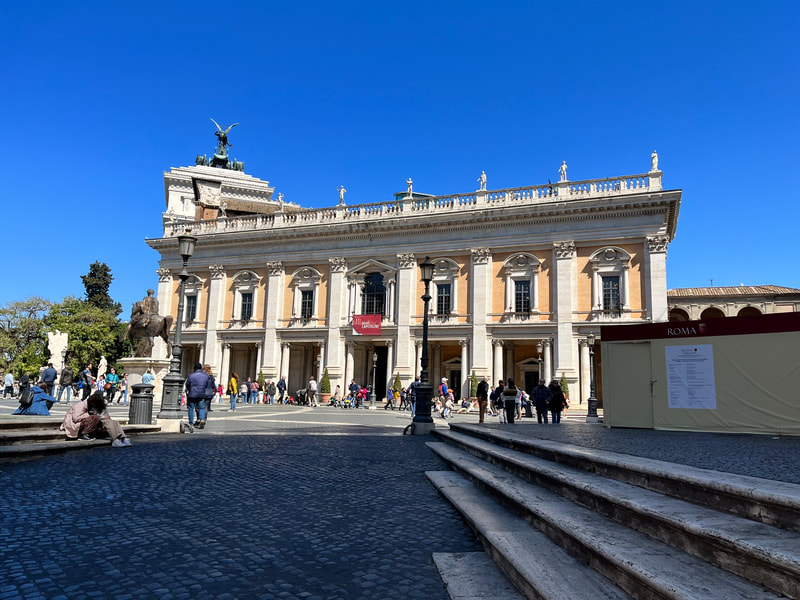
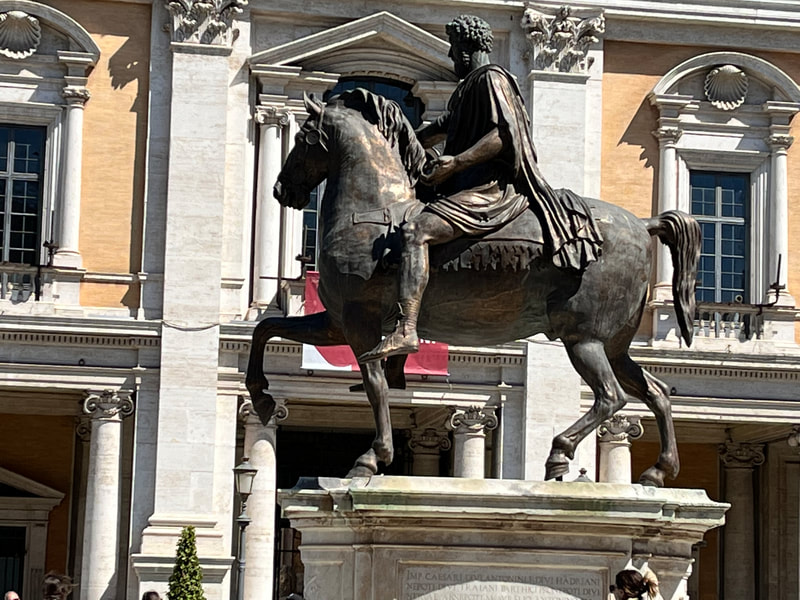
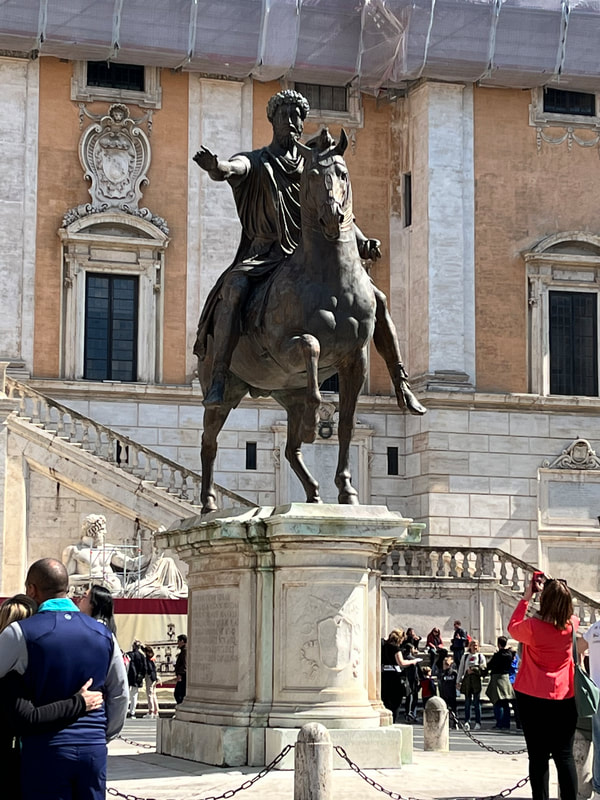
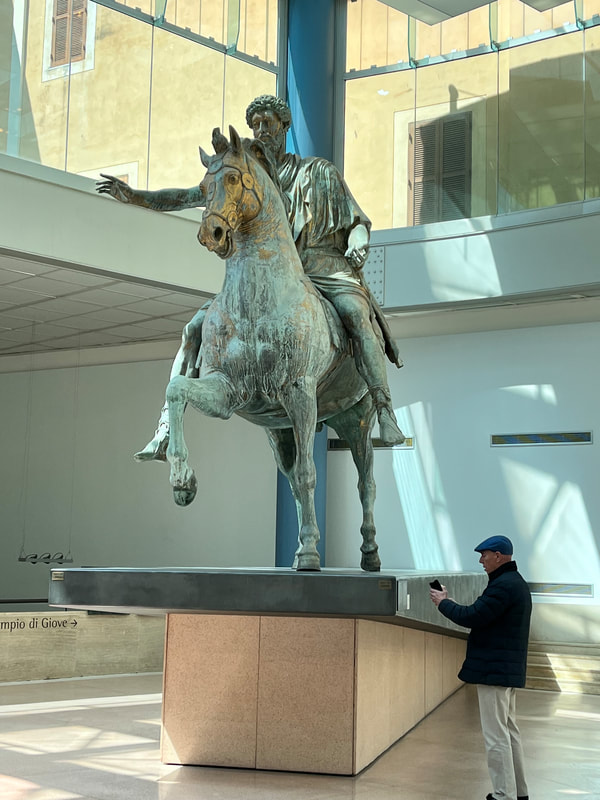

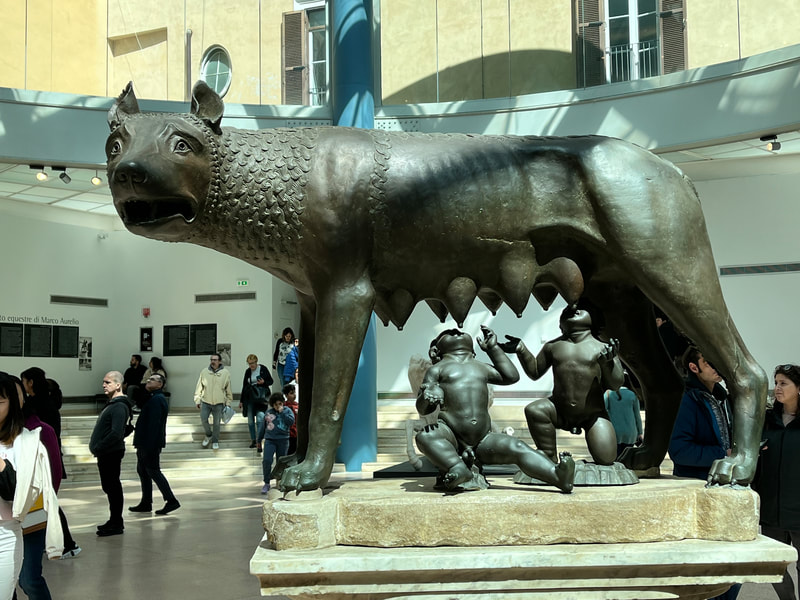
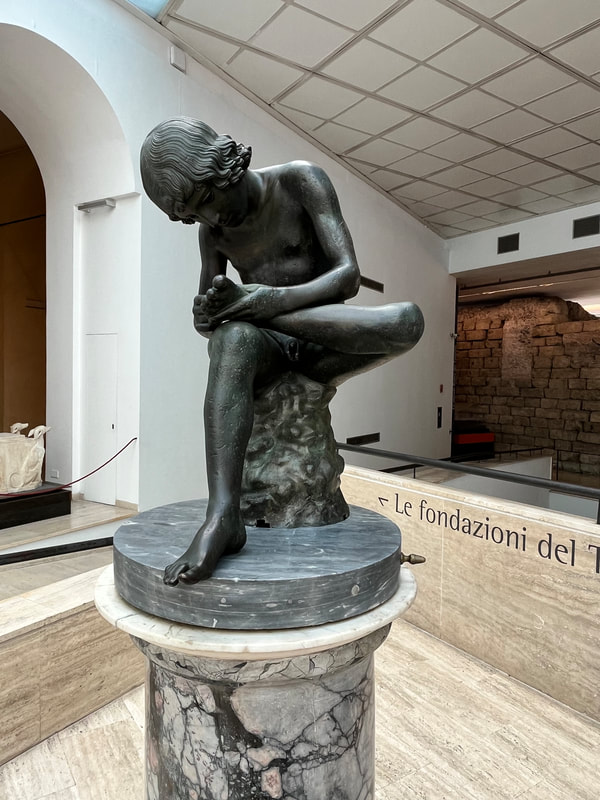
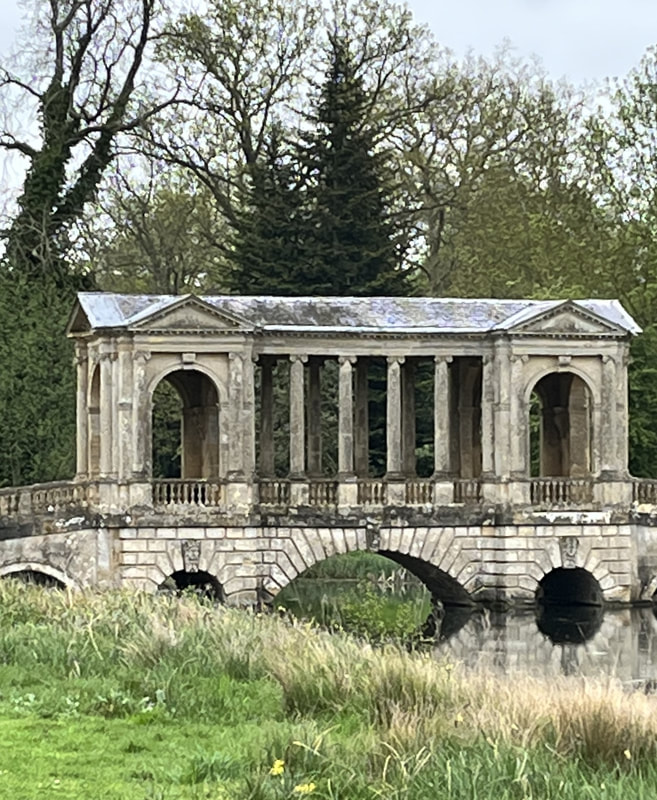
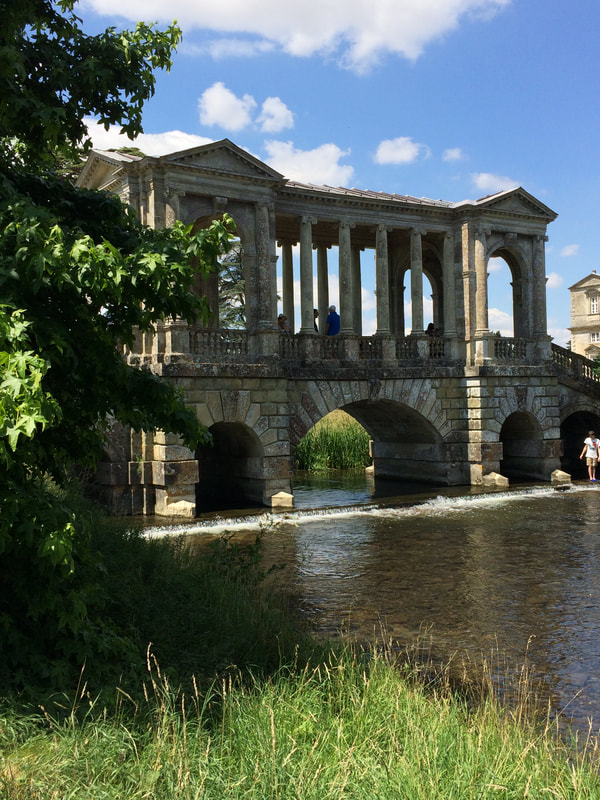
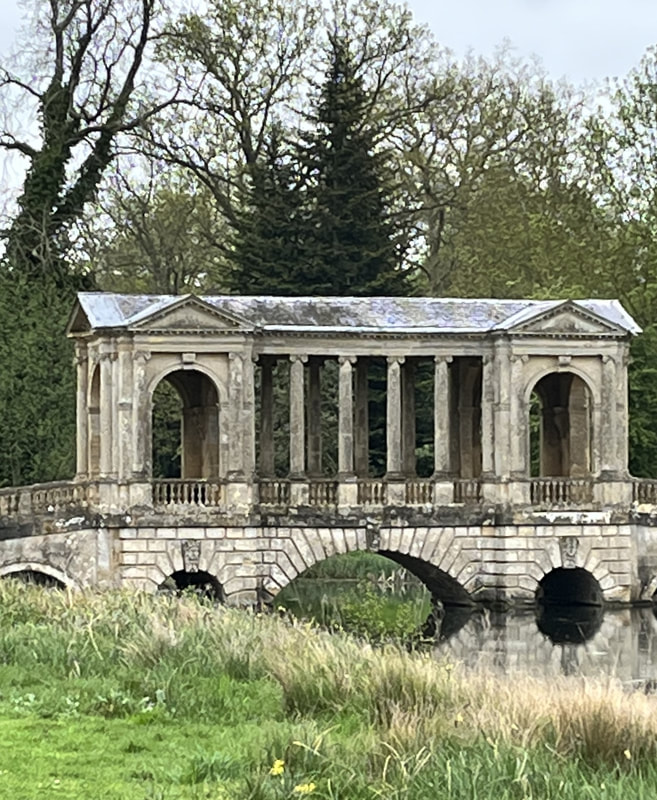
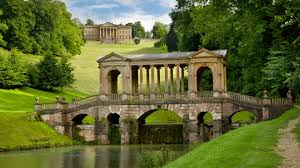
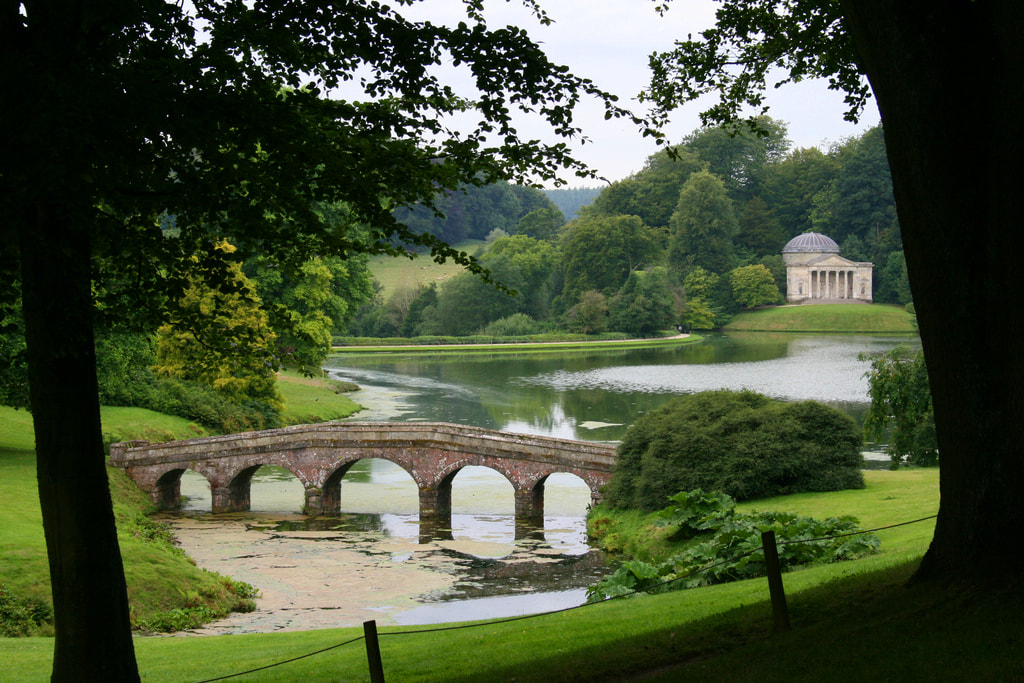
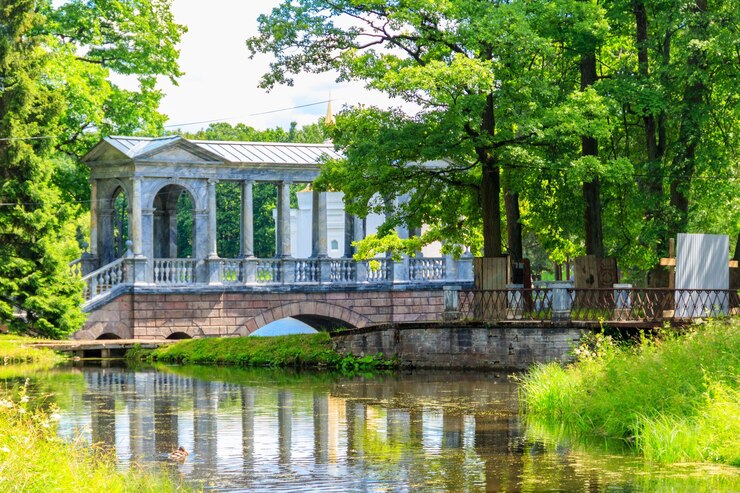
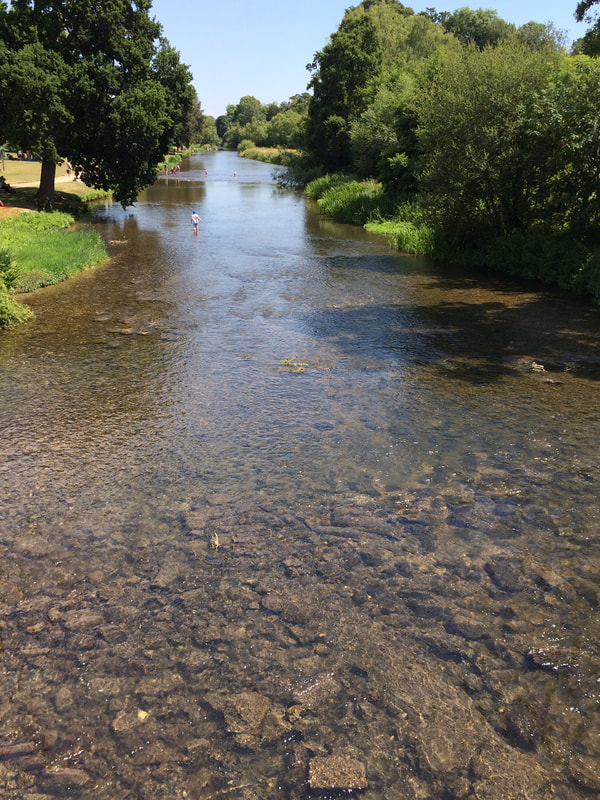
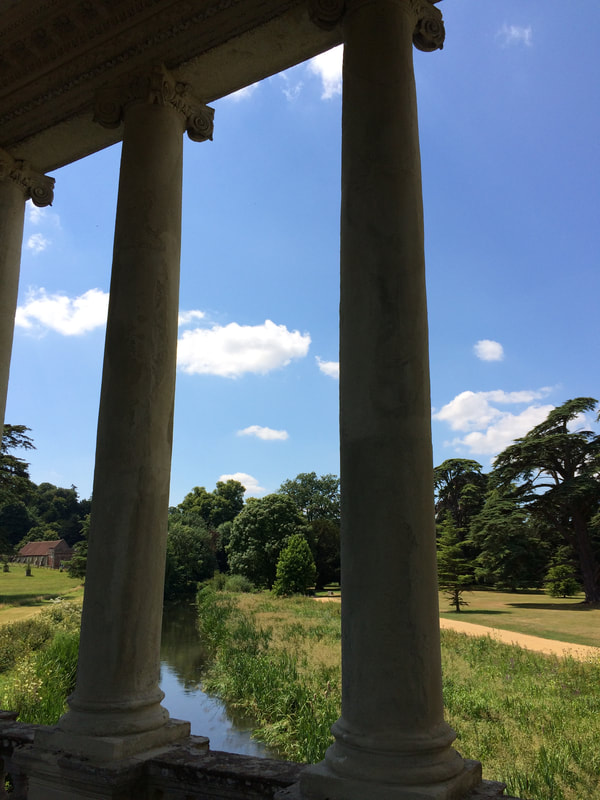
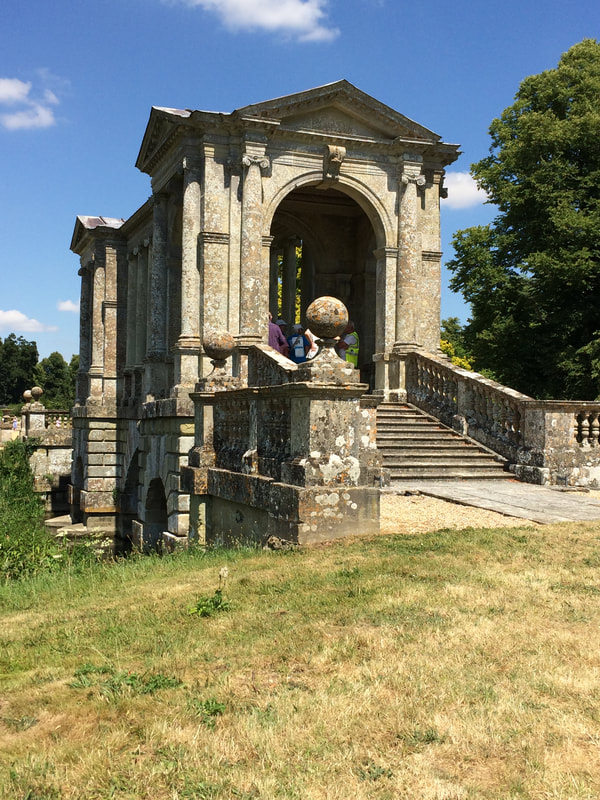
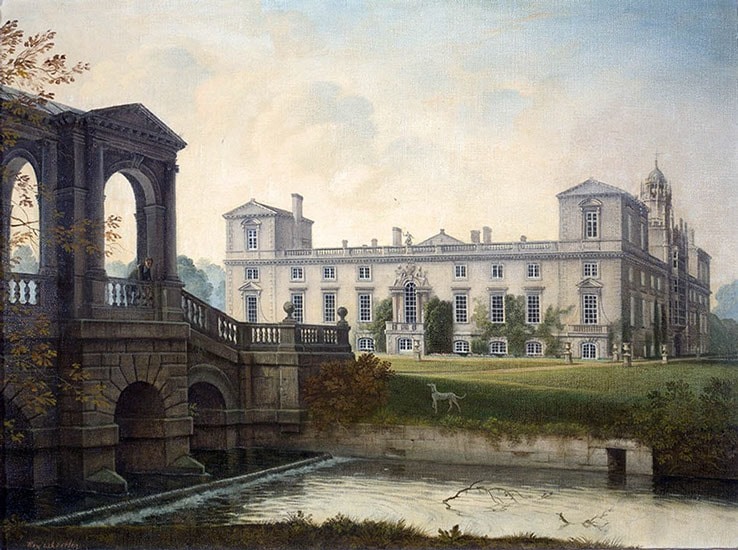
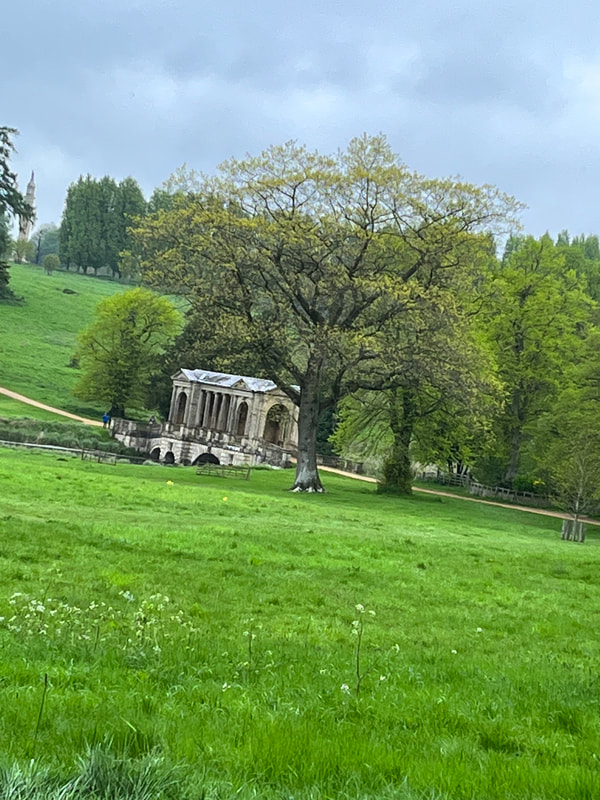
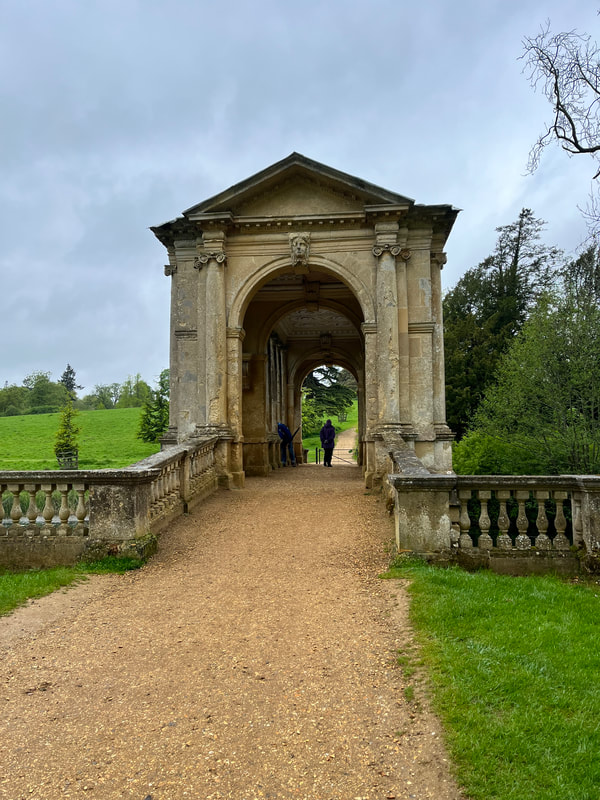
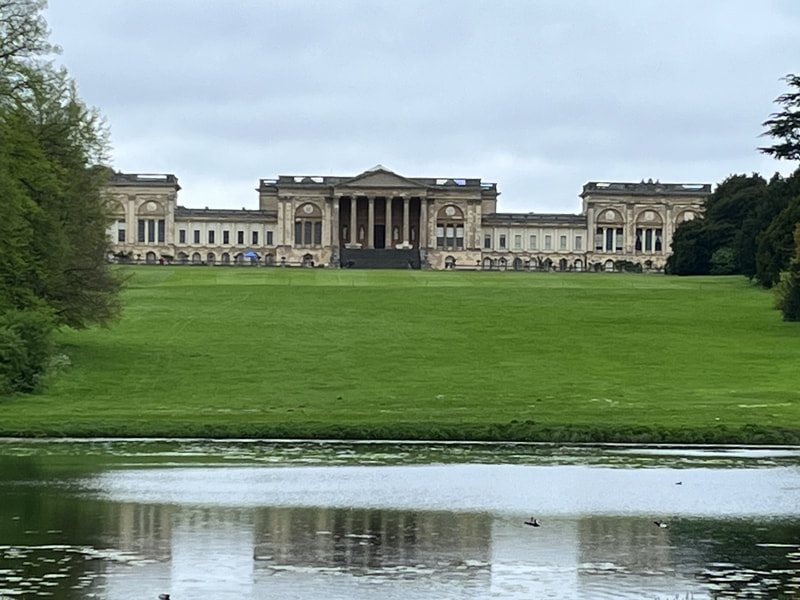
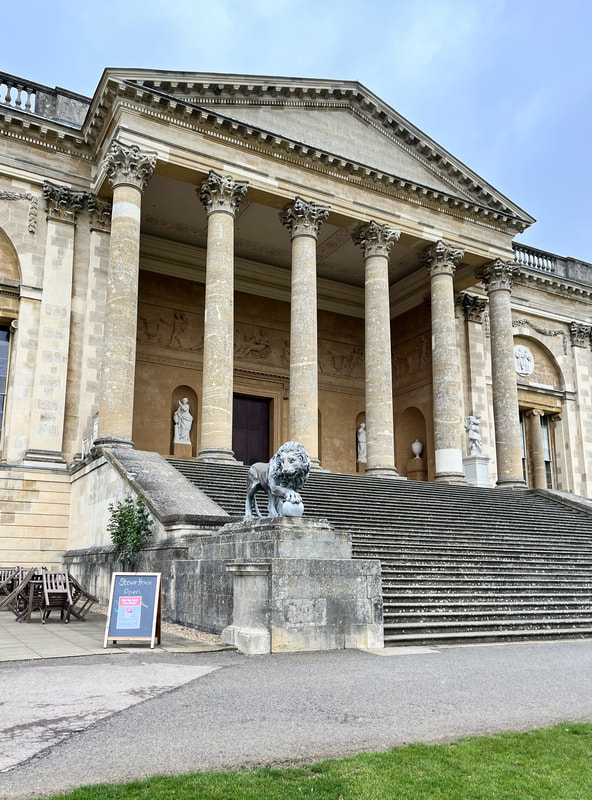
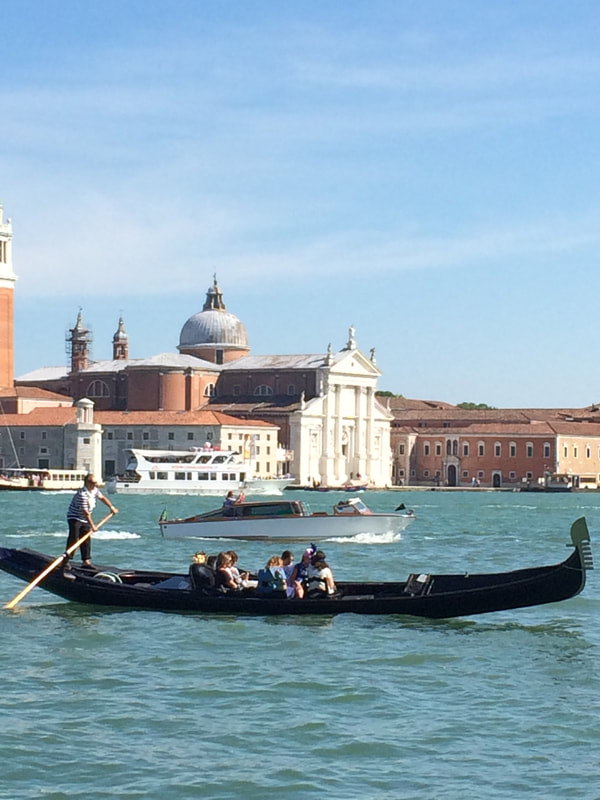
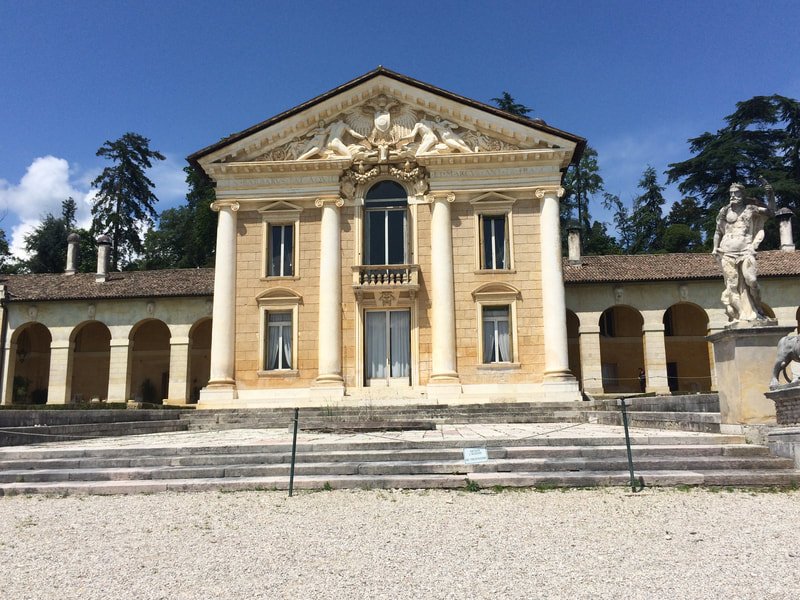
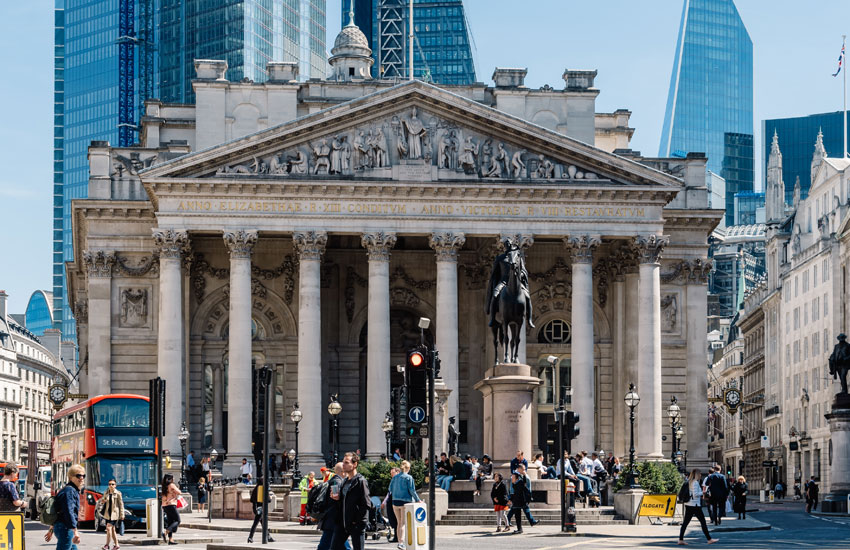
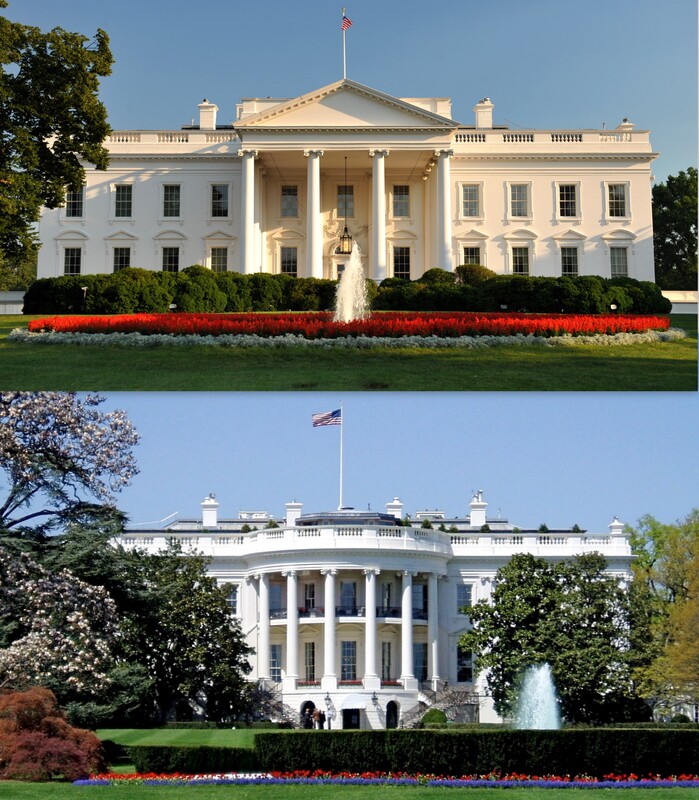
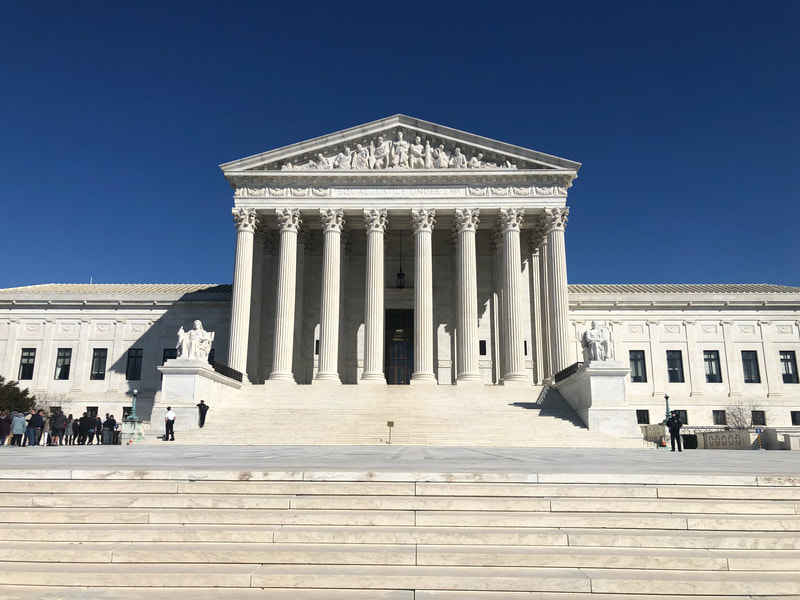
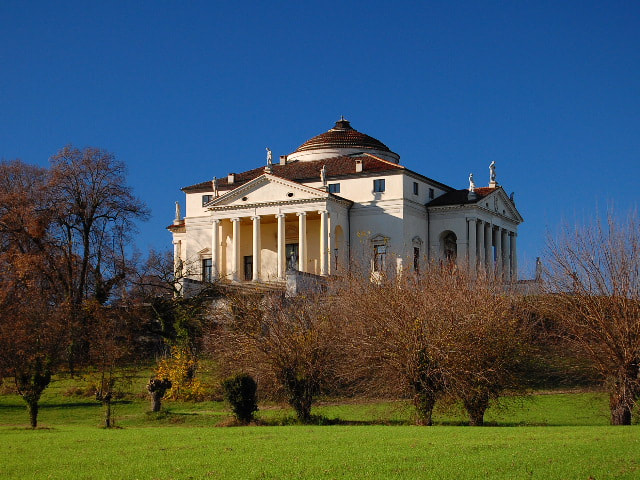
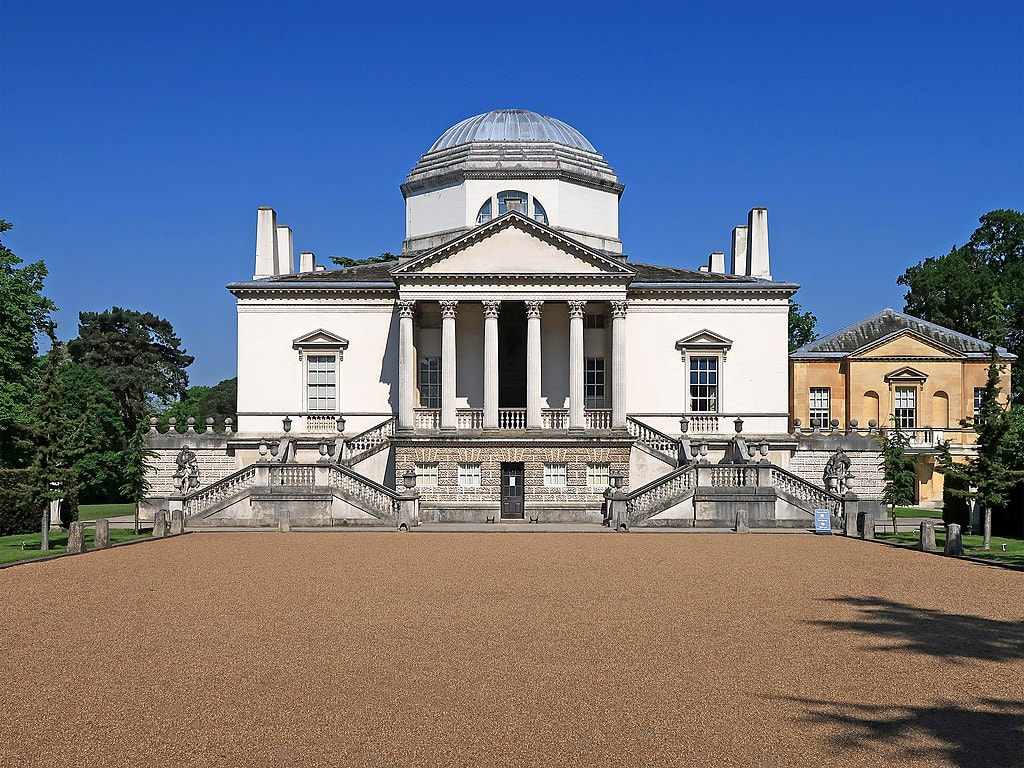
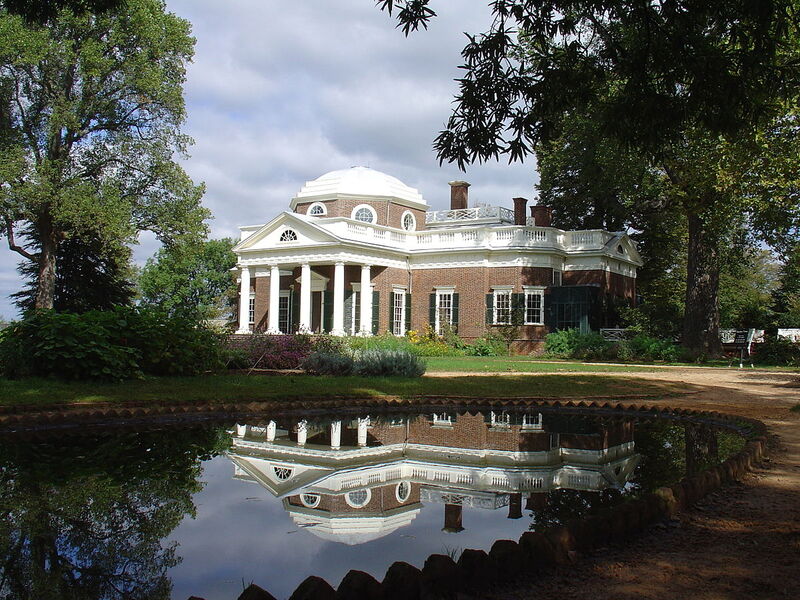
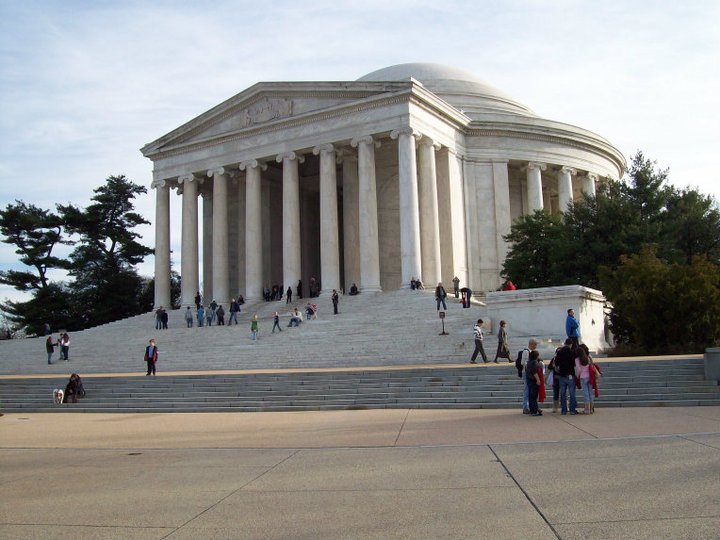
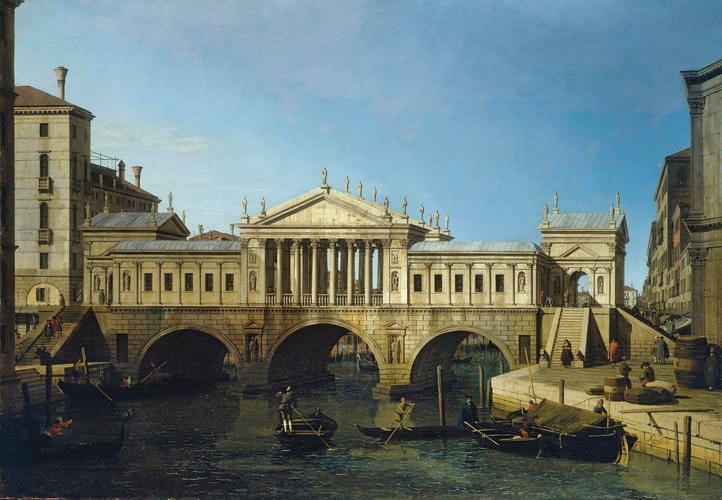
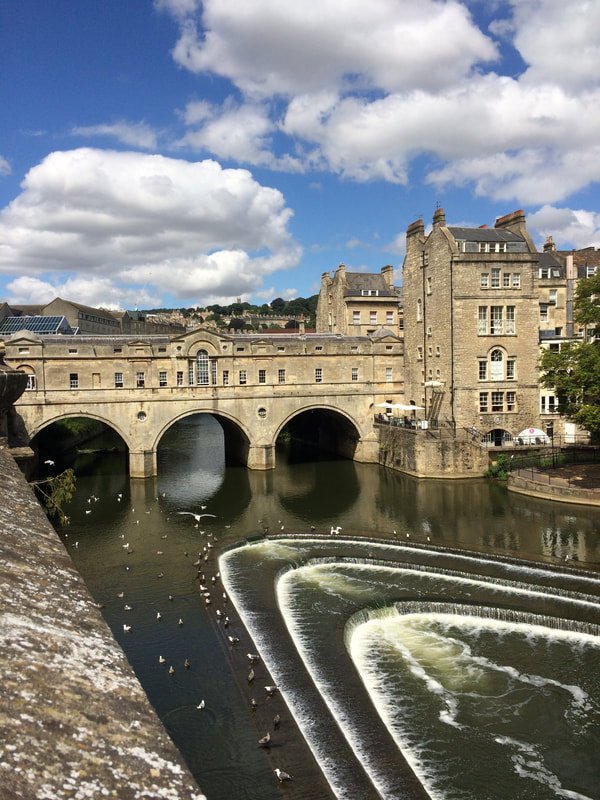
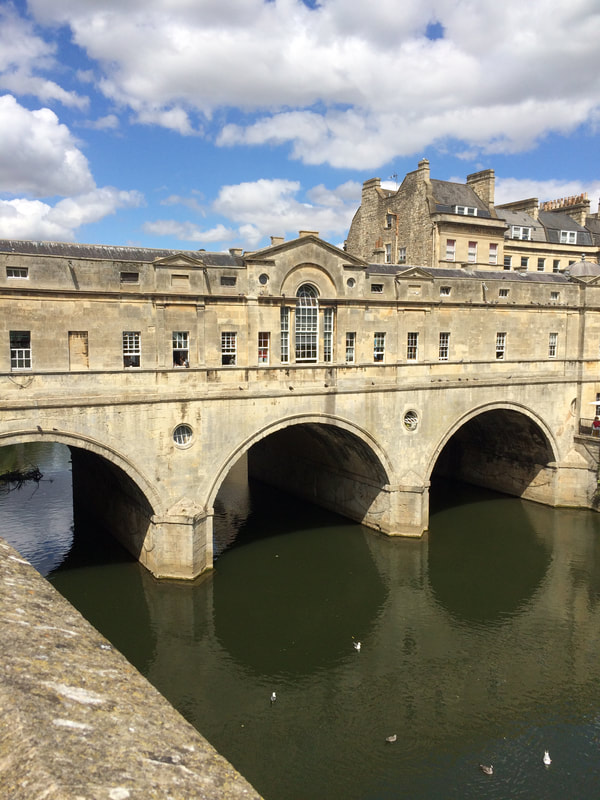
 RSS Feed
RSS Feed